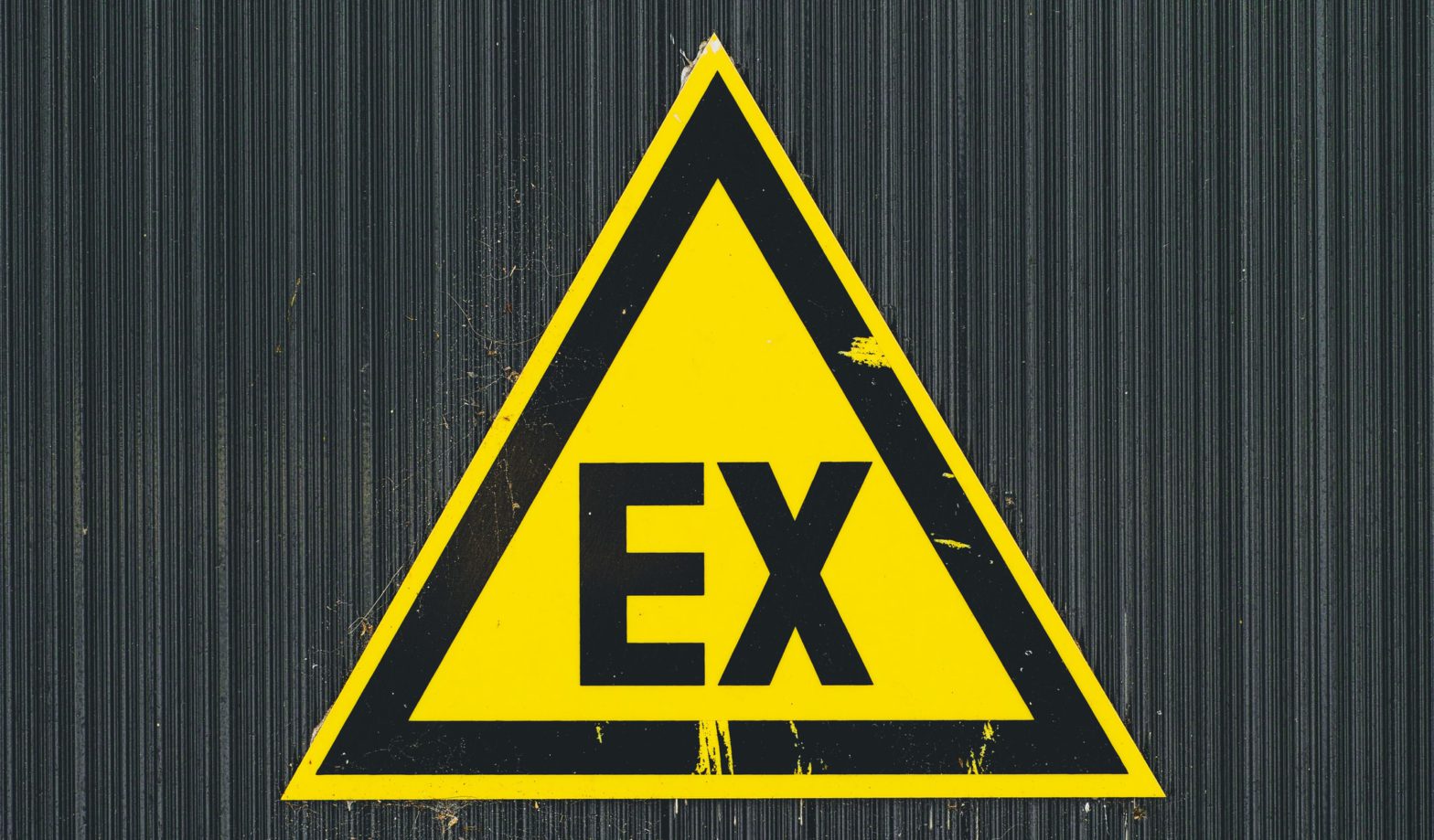Classes, groups, grades, and categories are all used to define usefulness across any industry. Industrial facilities also utilize divisions such as Explosion-Proof classification to denote the required safety within a hazardous environment. Understanding how to read Explosion-Proof classification will allow you to accurately assess your safety circumstances and comply with the safety regulations of your worksite.
Three factors classify a hazardous area.
Learn more about Explosion-Proof here and Flameproof here.
Explosion-Proof Classes
There are three classes of hazardous areas that define the type of flammable substances present in the environment. And all class locations ascend from most hazardous gases (class I), dust (class II), to fibers (class III).
Class I
Flammable vapors and gases are or may be continuously present in the atmosphere in ample amounts that can ignite or explode. Additionally, any arcs, sparks, and sufficient thermal energy could ignite the gases into a potential explosion.
Furthermore, class I locations include refineries, oil storages, spraying booths, petroleum plants, fuel services.
Class II
Combustible dust is present in the air, enough to ignite a fire or explosion at the location. Thus, similar to class I, enough electrical and thermal energy can ignite the particles present at a work location.
Example Locations include granaries, candy manufacturers, and plastic manufacturers.
Class III
Incendiary fibers that may not suspend in the air are present around machinery. Unlike classes I and II, fibers include general fibers and substances that are not necessarily airborne. However, the material is flammable, and energy produced by machinery can ignite a fire.
Divisions
Hazardous locations are classified based on the probability of high concentrations of the dangerous substance being present under working circumstances–enough to react in combustion.
Division 1 signifies a likely chance of hazardous substances being present in the atmosphere during normal work circumstances. Whereas, Division 2 represents a less likely chance of dangerous substances emerging in the air unless the system (machinery, human error, and more) fails. In other words, the first division is concerned with the constant circulation of hazardous substances in the air, and the second division is concerned with hazards that may escape containment.
Groups
Lastly, groups correlate to specific substances present at the location. Specifically, the letters “A” through “G” connote the different groups of substances. Moreover, the letters correspond to their appropriate classification of gas and vapor, dust, and fibers (which do not appear).
Accordingly, each group below defines what substances a location will contain.
Class I Groups – Gases & Vapors
- A: specifies atmospheres containing acetylene
- B: hydrogen, butadiene, acrolein, ethylene oxide, propylene oxide, or other gases or vapors of equivalent hazard
- C: carbon monoxide, cyclopropane, ethyl ether, ethylene, hydrogen sulfide, or the equivalent
- D: acetone, alcohol, ammonia, benzene, benzol, butane, gasoline, hexane, lacquer solvent, naphtha, natural gas, propane, methane, vinyl chloride, or the equivalent
Class II Groups – Dusts & Grains
- E: metals dust like aluminum and alloys
- F: carbon, charcoal, and coal dust clouds
- G: flour, grains, plastics
Now, how do I find the appropriate gear?
Finding the right gear is, luckily, quite simple. Certified protection will always provide information on the appropriate classes, divisions, and groups that are relevant for the piece. For instance, our Intrinsically Safe Ventilator COPPUS VANO page specifies the “hazardous area rating,” which includes the classification rate (zones, classifications, and more) to inform the consumer of the equipment’s intended purpose.

Intrinsically Safe Ventilator COPPUS VANO
If you require safety equipment for your workforce, check out our Intrinsically Safe Store catalog. We have equipment suitable for many classifications and groups used by industry leaders.
For more information, visit this document provided by the Occupational Safety and Health Administration to learn more about Explosion-Proof Classification. Also, you can comment below or chat with us for more information regarding Explosion-Proof equipment and more.


























